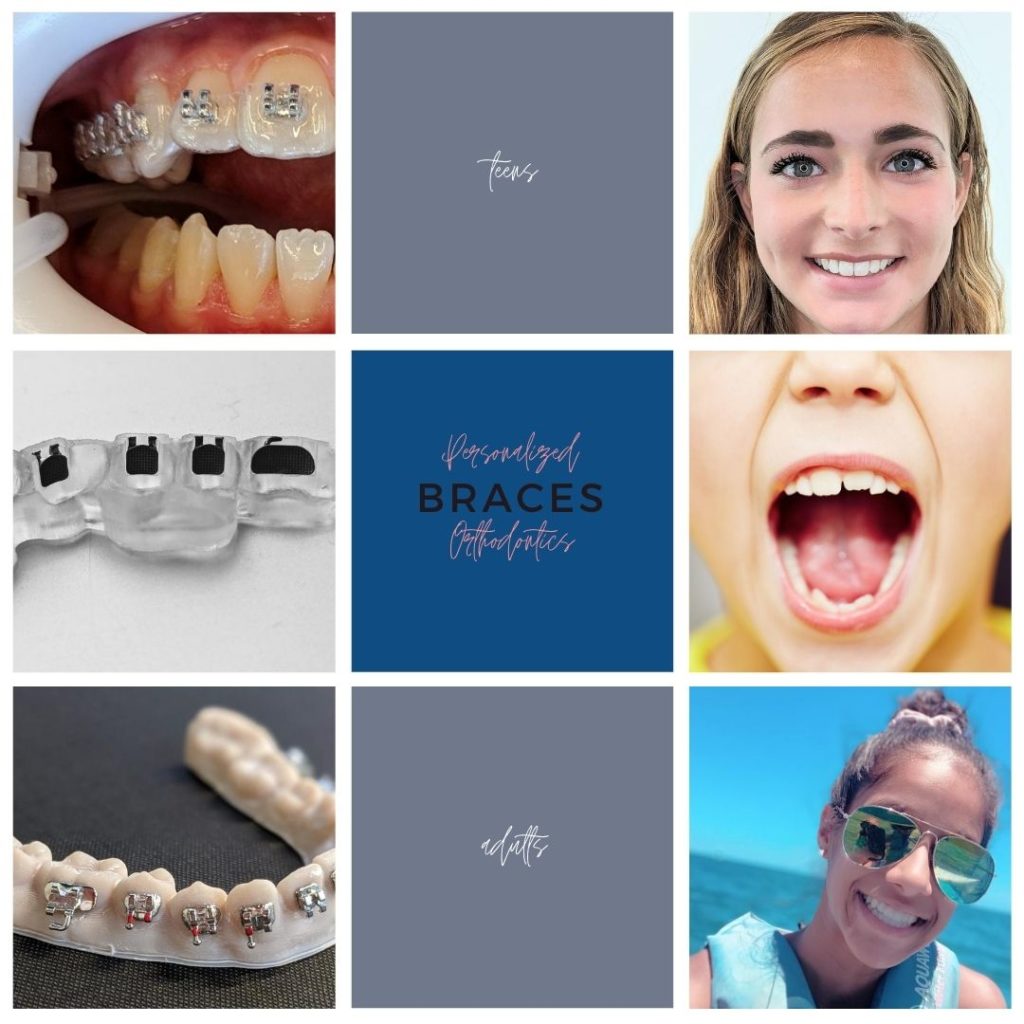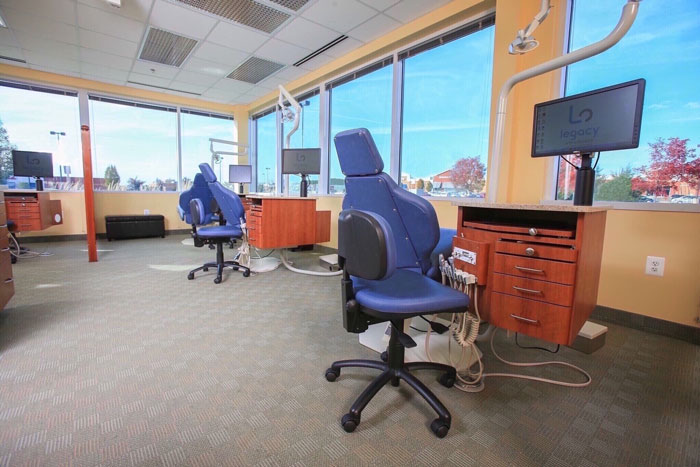Legacy Orthodontics Can Be Fun For Everyone
Legacy Orthodontics Can Be Fun For Everyone
Blog Article
Not known Facts About Legacy Orthodontics
Table of ContentsUnknown Facts About Legacy OrthodonticsWhat Does Legacy Orthodontics Mean?Facts About Legacy Orthodontics RevealedSome Known Factual Statements About Legacy Orthodontics More About Legacy Orthodontics
In addition, we offer adjustable therapy routines, versatile settlement alternatives and an enjoyable, pleasurable experience.An orthodontist is a dental professional trained to identify, stop, and treat teeth and jaw abnormalities. They correct existing problems and are trained to recognize issues that might create in the future. Orthodontists deal with people of all ages, from youngsters to grownups. People usually associate a best smile with healthiness.
Malocclusion, or misaligned teeth, can bring about oral problems, consisting of tooth degeneration, periodontal illness, and challenging or excruciating eating. Not every person is birthed with straight teeth. If you have a bad bite or big rooms between your teeth, you might wish to consult a dental professional focusing on orthodontic treatment.
Getting My Legacy Orthodontics To Work
( Picture Credit: DigitalVision/Getty Images) Orthodontists use repaired and detachable oral tools, like dental braces, retainers, and bands, to change the position of teeth in your mouth. Orthodontic therapy is for dental abnormalities, including: Jagged teethBite troubles, like an overbite or an underbiteCrowded teeth or teeth that are as well far apartJaw misalignmentThe objective of orthodontic therapy is to boost your bite.
A healthy and balanced bite guarantees you can consume, eat, and speak properly. While you could assume of orthodontists as mostly for children or teens who require braces, they can remedy dental troubles at any kind of age. Orthodontists go to university, oral school, and orthodontic school. After college graduation, they spend 2 or 3 years in an orthodontic residency program.
, yet not all dental practitioners are orthodontists. They focus on two areas: How to effectively and securely relocate teeth Just how to appropriately assist advancement in the teeth, jaw, and faceOnce an orthodontist has finished training, they have the choice to come to be board licensed.
Legacy Orthodontics Fundamentals Explained
Malocclusion leads to tooth overcrowding, an askew jaw, or uneven bite patterns. Malocclusion is usually treated with: Your orthodontist attaches steel, ceramic, or plastic square bonds to your teeth.
Some people need a headwear to help move teeth into line with stress from outside the mouth. A retainer is a custom-made gadget that maintains your teeth in area.
They can produce extra area in the mouth without having to draw teeth. Orthodontists utilize cables, medical screws, or plates to sustain your jaw bone.
You may need to see an orthodontist if you have: Crowding or otherwise adequate space for every one of your teethOverbite, when your upper teeth come your bottom teethUnderbite, when your base teeth are also far forwardSpacing or concerns with gapsCrossbite, which is when your top teeth fit behind your base teeth when your mouth is closedOpen bite or an upright gap in between your front base and top teethMisplaced midline, when the facility of your base and top teeth do not line up Remedying an oral malocclusion can: Make attacking, chewing, and talking easierImprove the proportion of our face and your overall appearanceEase discomfort from temporomandibular joint conditionsDifferent your teeth and make them less complicated to cleanse, helping avoid tooth degeneration or tooth cavities It's often a dental practitioner that first notices misaligned teeth throughout a routine examination.
Some Known Facts About Legacy Orthodontics.

During your very first orthodontic appointment, you'll likely have: An oral examPhotos taken of check my blog your face and smileDental X-raysPanoramic (360 level) X-rays of your face and headImpressions to develop molds of your teethThese tests will help your orthodontist understand exactly how to proceed with your treatment. invisalign. An orthodontist is a dental practitioner who's had training to treat your teeth and jaw
Orthodontists may perform surgery, exams,X-rays,and more to aid you achieve an extra comfy, healthier smile. An orthodontist is concentrated on your bite, so something like a broken tooth would certainly be handled by a dentist. Orthodontists are dental professionals yet not all dental professionals are orthodontists. Orthodontists are concentrated on your bite, or the method your teeth meshed, and the straightness of your teeth.
Ever asked yourself how celebrities always appear to have completely aligned teeth? The response frequently hinges on the experienced hands of an orthodontist. But just what does an orthodontist do? Orthodontists are dental professionals that concentrate on fixing irregularities in the teeth and jaws. Their competence exceeds just creating a gorgeous smile; it prolongs to boosting your total dental health and function.
Some Ideas on Legacy Orthodontics You Should Know

, orthodontists have a varied toolkit at their disposal. These reliable dental braces utilize a system of brackets adhered to the teeth and attached by wires.
These detachable trays are custom-made to considerably shift the teeth's setting. In cases of slim jaws, palatal expanders can be used to create space for appropriate tooth alignment.
Report this page